Tiles are not only a practical and durable choice for covering your walls, but also a stylish and creative way to enhance the look and feel of your space. Whether you want to add some flair to your kitchen, bathroom, living room, bedroom, or outdoor area, there is a tile design that suits your taste and budget. In this article, we will explore the different types of wall tiles, how to select the right ones for your project, and some tips on how to install them properly.
Types of Walls with Tiles
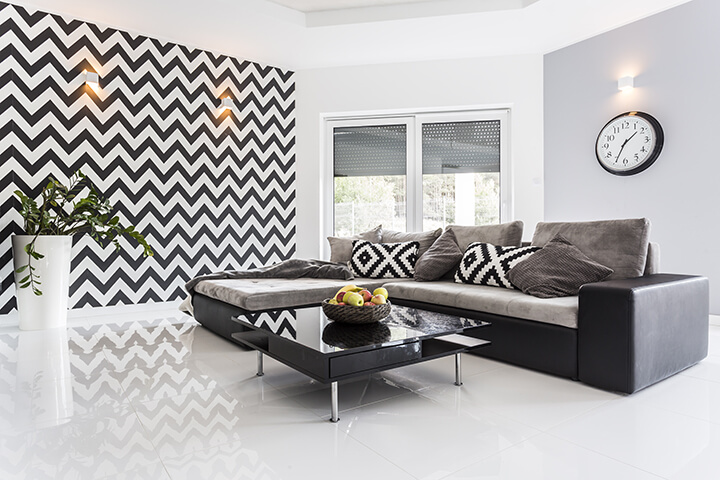
There are many types of wall tiles available in the market, each with its own advantages and disadvantages. Here are some of the most common ones:
- Ceramic Wall Tiles:
Ceramic wall tiles are made from clay that is fired at high temperatures. They are easy to clean, resistant to stains and moisture, and come in a variety of colours, patterns, textures, and finishes. Ceramic wall tiles are ideal for kitchen and bathroom walls, as they can withstand heat, steam, and splashes. You can also use them for living room and bedroom walls, as they can create a cozy and elegant atmosphere.
- Vitrified Wall Tiles: Vitrified wall tiles are similar to ceramic tiles, but they have a lower water absorption rate and a higher strength and durability. They are made from a mixture of clay and other minerals that are fused together at very high temperatures. Vitrified wall tiles offer many options in colours and textures. From stone wall tiles to wooden wall tiles, vitrified tiles give you the effect of natural materials without the burden of a significant investment. They are popularly used as external wall tiles like balcony wall tiles and garden wall tiles, as they can withstand harsh weather conditions. They also come in glazed and unglazed options, depending on the level of gloss and slip resistance you prefer.

- Italian Wall Tiles: If you want to bring some Italian flair to your home, you can opt for the Made in Italy Wall Tiles collection. This collection consists of unglazed porcelain tiles that showcase Italy’s excellence in design and quality. These tiles are great for wall tiles for living rooms, as they can add some intensity and character to your space. They are also suitable for commercial wall tiles, as they can create a sophisticated and professional impression.

How to Select the Right Wall Tiles
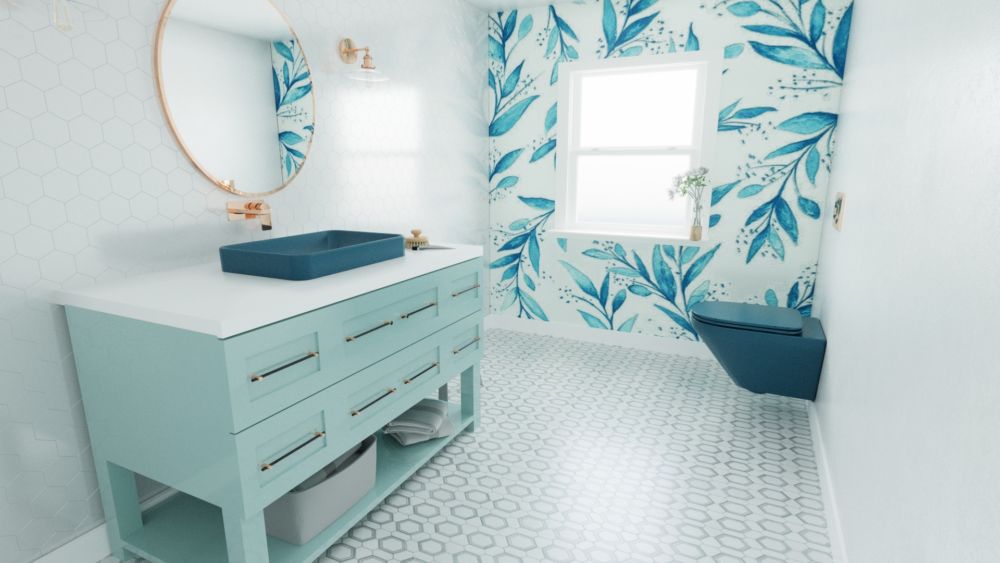
Choosing the right wall tiles for your project can be a daunting task, as there are many factors to consider. Here are some tips to help you make the best decision:
- Consider the Size and Shape of Your Space: The size and shape of your space can affect the type and size of the tiles you choose. For example, if you have a small or narrow space, you may want to use smaller tiles or tiles with a rectangular shape, as they can make the space look bigger and wider. On the other hand, if you have a large or spacious area, you may want to use larger tiles or tiles with a square or hexagonal shape, as they can fill the space better and create a more balanced look.
- Choose a Colour and Style that Matches Your Theme: The colour and style of your tiles can have a big impact on the mood and ambiance of your space. You should choose a colour and style that matches your theme and complements your furniture and accessories. For example, if you want to create a warm and cozy feel, you may want to use tiles with neutral or earthy tones, such as beige, brown, or terracotta. If you want to create a cool and refreshing feel, you may want to use tiles with bright or pastel colours, such as blue, green, or yellow. If you want to create a modern and sleek feel, you may want to use tiles with a glossy or metallic finish, such as white, black, or silver.
- Mix and Match Different Tiles for a Unique Look: If you want to add some personality and creativity to your space, you can mix and match different tiles for a unique look. You can use different tiles for different areas, such as the backsplash, the accent wall, or the border. You can also use different tiles for different patterns, such as stripes, chevrons, or mosaics. You can also use different tiles for different textures, such as smooth, rough, or embossed. The key is to find a balance between contrast and harmony, and to use tiles that complement each other.
How to Install Wall Tiles Properly
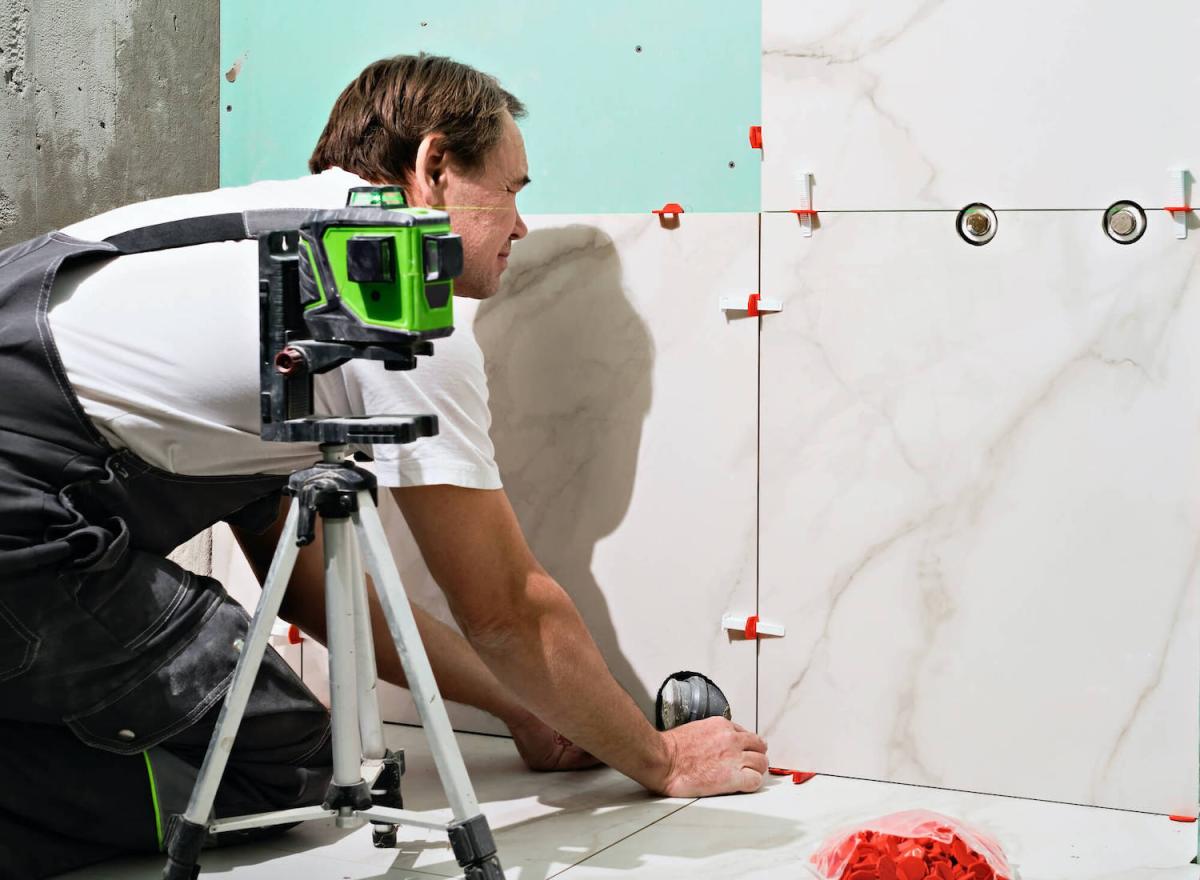
Installing wall tiles properly is essential for ensuring a good result and a long-lasting performance. Here are some steps to follow:
- Prepare the Surface: Before you start installing the tiles, you need to prepare the surface by cleaning it, removing any dust, dirt, grease, or paint, and repairing any cracks, holes, or uneven areas. You also need to measure the surface and mark the centre point and the level line, using a tape measure, a pencil, and a spirit level. This will help you align the tiles correctly and avoid any gaps or overlaps.
- Apply the Adhesive: Next, you need to apply the adhesive to the surface, using a notched trowel. You should start from the centre point and work your way outwards, covering a small area at a time. You should also apply some adhesive to the back of each tile, using a thin layer and spreading it evenly. You should use the right type of adhesive for your tiles, such as cement-based adhesive for ceramic and vitrified tiles, or epoxy-based adhesive for porcelain tiles.
- Place the Tiles: Then, you need to place the tiles on the surface, starting from the centre point and following the level line. You should press the tiles firmly into the adhesive, using a rubber mallet or a tile spacer. You should also check the alignment and the level of the tiles, using a spirit level and a tile cutter. You should cut the tiles to fit the edges and corners, using a tile cutter or a tile nipper. You should also leave some gaps between the tiles, about 2 to 3 mm, for the grout.
- Apply the Grout: Finally, you need to apply the grout to the gaps between the tiles, using a grout float. You should use the right type of grout for your tiles, such as cement-based grout for ceramic and vitrified tiles, or epoxy-based grout for porcelain tiles. You should also use the right colour of grout for your tiles, such as a matching or contrasting colour. You should fill the gaps completely and smoothly, removing any excess grout with a damp sponge. You should also let the grout dry for at least 24 hours, before wiping the tiles with a clean cloth.
Know more about wall tiles application: https://www.thetilesofindia.com/application/wall-tiles/


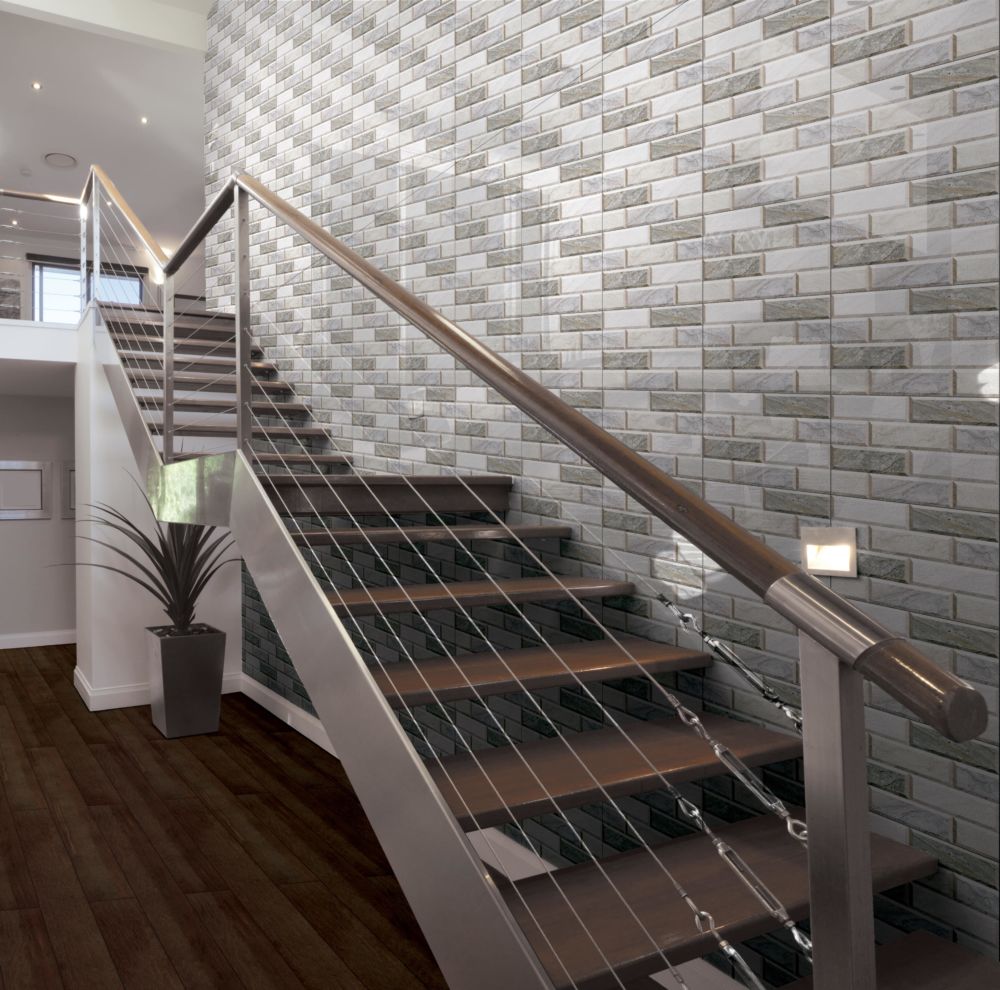
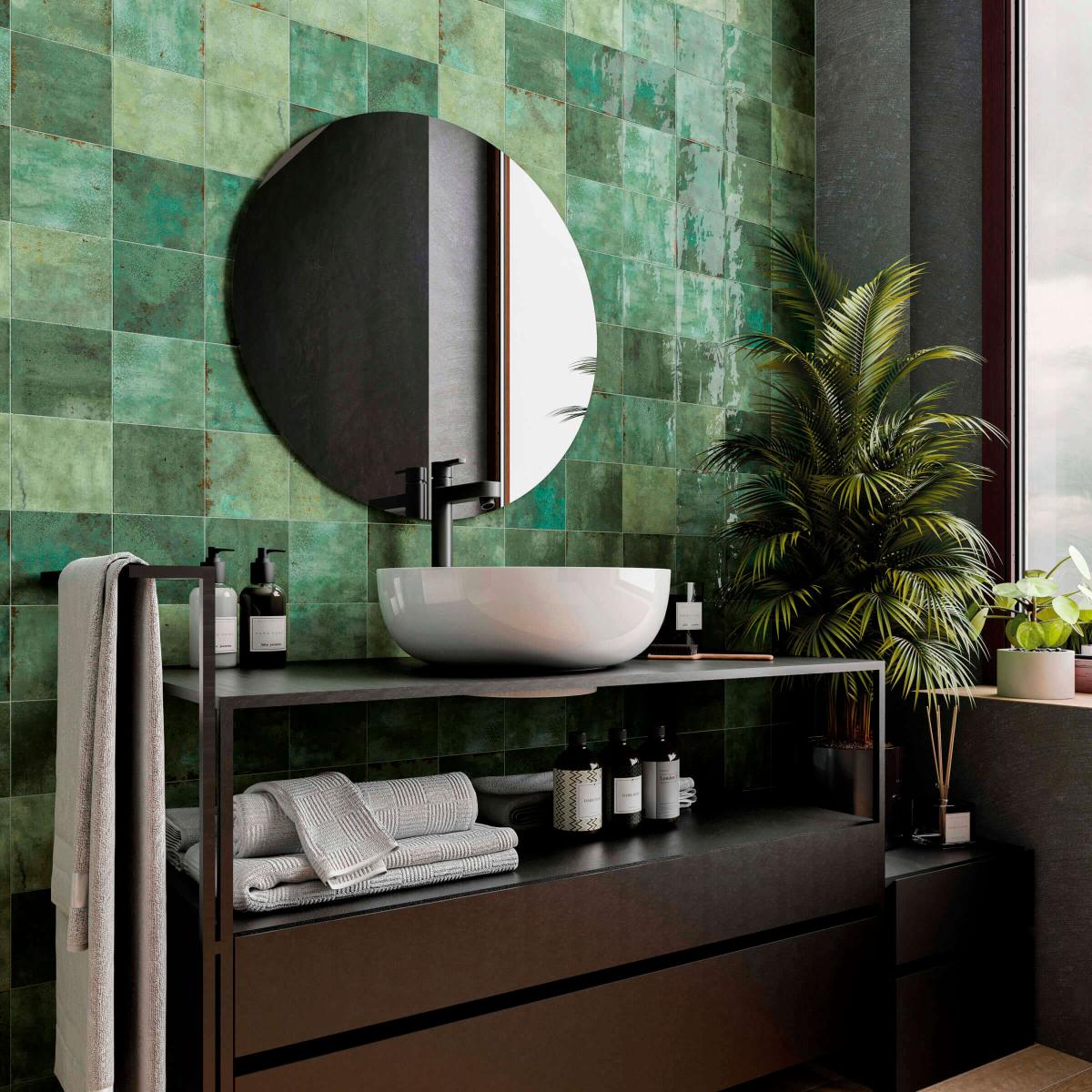



GIPHY App Key not set. Please check settings